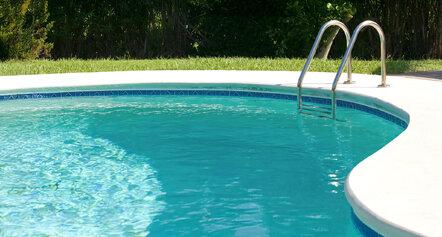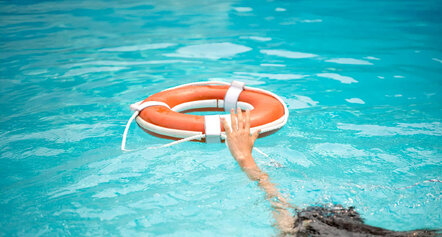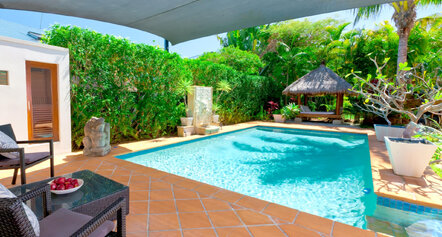Did you know that nearly 50% of pool owners struggle with maintaining proper chemical levels? Are you finding it hard to balance your pool chemicals effectively? Maintaining the appropriate chemical balance ensures your pool remains clean, safe, and enjoyable. Improper chemical levels can lead to skin and eye irritation, algae growth, and costly damage to pool surfaces and equipment.
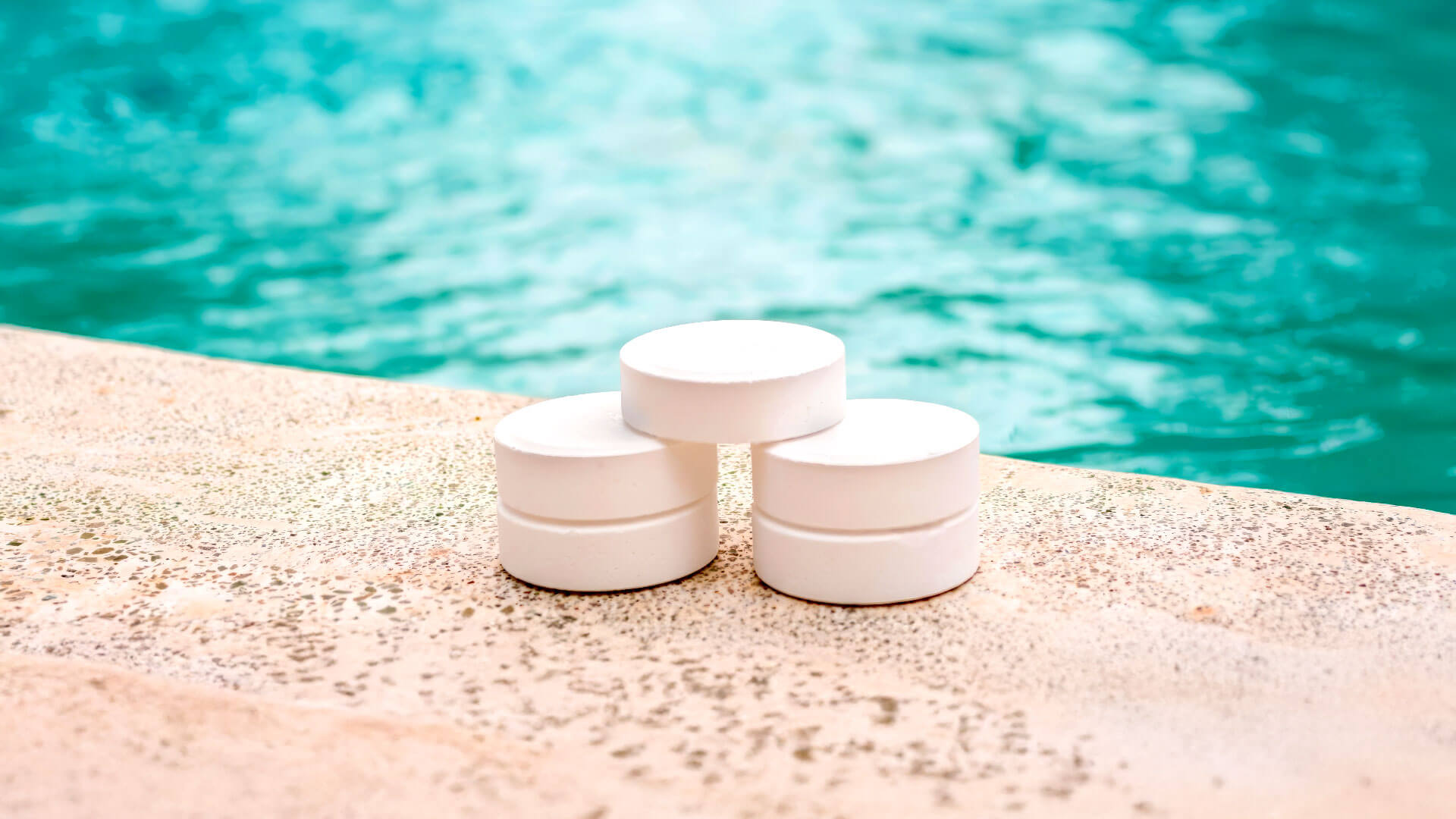
Understanding the correct balance of chemicals helps to create a healthy swimming environment for your family and friends while extending the life of your pool. In this blog, you will learn about the optimal chemical levels for pH, chlorine, calcium hardness, and more, along with step-by-step guidance on maintaining those levels.
Whether you’re a seasoned pool owner or new to pool maintenance, this guide will help you keep your pool water sparkling, inviting, and healthy year-round.
Understanding the Importance of Pool Chemical Levels
Maintaining proper pool chemical levels is essential for swimmer comfort and overall health. Clean, well-balanced water ensures a safe swimming environment and prevents skin irritation and eye discomfort. Swimmer comfort heavily relies on balanced chemical levels, making the pool experience enjoyable for everyone.
Poor chemical management can lead to numerous issues. Algae growth is a common problem, resulting in green, murky water that makes the pool uninviting and unsanitary. Cloudy water is another consequence, often caused by imbalanced pH or inadequate sanitisation. Inadequate chlorine levels can leave harmful bacteria untreated, while incorrect pH can lead to unpleasant skin and eye irritation.
Besides affecting swimmer health, improper chemical levels can significantly damage pool surfaces and equipment. Low calcium hardness can lead to corrosive water that damages the pool’s lining, tiles, and even metal components. High pH levels can lead to scale formation, clogging filters, and damaging heating systems.
What Should My Pool Chemical Levels Be?
Keeping your pool in top condition means understanding and balancing several vital chemicals. The main pool chemicals that need regular monitoring are:
- pH
- Chlorine
- Calcium Hardness
- Alkalinity
- Stabiliser (Cyanuric Acid)
Ideal Chemical Ranges
To maintain a safe, clean, and healthy pool, each chemical should be kept within a specific range:
- pH: 7.2 – 7.6
- Chlorine: 1 – 3 parts per million (ppm)
- Alkalinity: 80 – 120 ppm
- Calcium Hardness: 200 – 400 ppm
- Cyanuric Acid: 30 – 50 ppm
How These Chemical Levels Work Together
Balancing pool chemicals is not just about individual levels; each chemical affects the others. For example:
- Alkalinity stabilises pH, helping to prevent rapid changes. If alkalinity is too low, pH will fluctuate more efficiently, which can lead to corrosion or scale formation.
- Chlorine levels are influenced by pH; if pH is too high or too low, chlorine’s effectiveness is reduced, leading to potential.
- Calcium Hardness is crucial to prevent water from becoming corrosive or causing scale build-up, which can damage pool surfaces and equipment.
- Cyanuric Acid stabilises chlorine, especially in outdoor pools, by protecting it from sunlight’s breakdown.
These chemical levels must be regularly tested and adjusted, as they are interconnected. Monitoring them together ensures a safe, healthy, and enjoyable swimming experience while protecting your pool and equipment from unnecessary damage.
The Ideal pH and Chlorine Levels in a Pool
pH is a measure of the acidity or alkalinity of your pool water. The ideal pH range for a pool is between 7.2 and 7.6. Maintaining pH within this range is essential for swimmer comfort and to prevent damage to pool surfaces.
If pH levels are too low, the water becomes acidic, causing skin and eye irritation and corrosion of metal fixtures. On the other hand, high pH levels can lead to scaling and damage to pool surfaces and equipment.
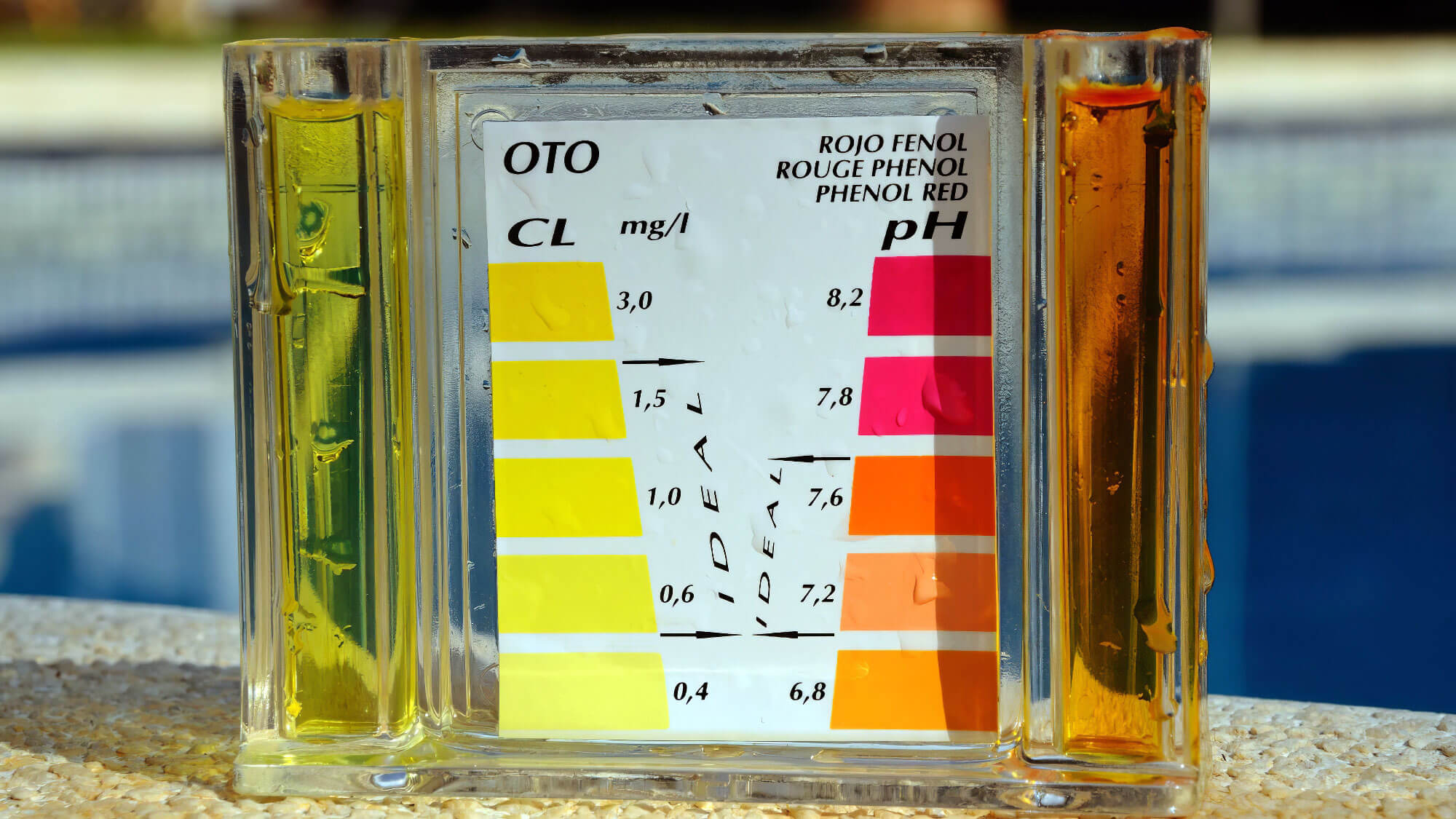
Role of Chlorine
Chlorine is the primary chemical used in sanitising pool water. It kills bacteria, viruses, and algae, ensuring the water remains safe for swimmers. Chlorine levels should be kept between 1 and 3 parts per million (ppm) to eliminate harmful microorganisms while avoiding irritation to the skin and eyes.
Chlorine’s effectiveness is closely tied to pH levels; an imbalanced pH can significantly reduce chlorine’s ability to sanitise.
Balancing Chlorine Levels
Maintaining chlorine levels within the recommended range is crucial for disinfection. When chlorine levels fall below one ppm, the pool becomes vulnerable to bacterial growth and algae blooms, making it unsafe for swimmers.
However, chlorine levels above three ppm can irritate. Regular monitoring and adjustment of chlorine and pH are necessary to keep the water safe, comfortable, and enjoyable for everyone using the pool.
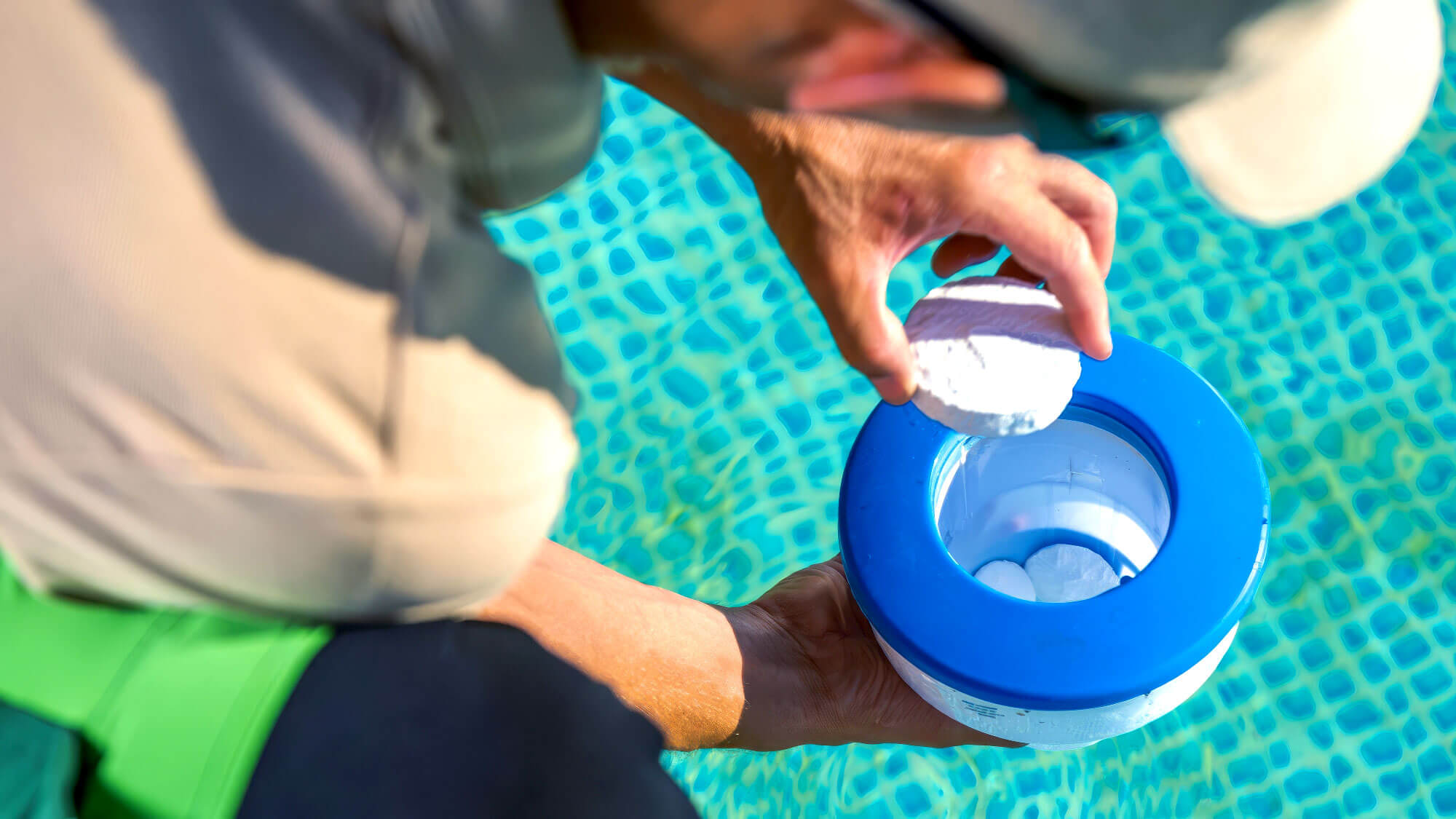
Normal Levels for Different Swimming Pool Chemicals
Calcium Hardness
Calcium hardness must be maintained between 200 and 400 ppm to prevent corrosion and scaling. Low calcium hardness results in corrosive water, damaging plaster, concrete, and even metal components such as ladders and heating systems.
High calcium levels can lead to scaling, where mineral deposits form on pool surfaces and equipment, affecting efficiency and requiring costly repairs.
Total Alkalinity
Alkalinity levels should be kept between 80 and 120 ppm. Alkalinity acts as a buffer for pH, helping to keep it stable. When alkalinity is too low, pH levels can fluctuate wildly, potentially damaging the pool’s surfaces and equipment.
Adequate alkalinity ensures that pH levels remain stable, making pool water more comfortable for swimmers and protecting pool infrastructure.
Cyanuric Acid (Stabiliser)
Cyanuric acid, a stabiliser, should be between 30 and 50 ppm. This chemical helps to protect chlorine from being rapidly broken down by ultraviolet rays from the sun, especially in outdoor pools. Proper cyanuric acid levels ensure that chlorine remains effective for longer, reducing the need for frequent additions.
How to Balance Pool Chemicals Correctly
Balancing pool chemicals should always be done in a particular order to achieve the right results. Starting with alkalinity helps stabilise pH levels and provides a foundation for the remaining adjustments.
Each step in balancing chemicals must be taken carefully, allowing time for each chemical to disperse correctly before adding the next. Here’s the recommended sequence:
- Adjust Alkalinity: Adjust total alkalinity to between 80 and 120 ppm. Alkalinity serves as a buffer, helping to maintain pH stability. If alkalinity levels are too low, pH levels can fluctuate wildly, making other chemical adjustments less effective.
- Adjust pH Levels: Once alkalinity is within the desired range, adjust the pH between 7.2 and 7.6. This ensures the water is comfortable for swimmers and will not cause corrosion or scaling. The alkalinity adjustment should have made pH easier to control, allowing for precise fine-tuning.
- Add Chlorine: It’s time to sanitise the pool water with a balanced pH. To keep bacteria and algae under control, sanitise chlorine levels between 1 and 3 ppm. Chlorine works most effectively when pH and alkalinity are balanced, ensuring proper sanitisation.
- Adjust Calcium Hardness: Adjust calcium hardness levels between 200 and 400 ppm. Proper calcium hardness prevents water from becoming either too corrosive or causing scale build-up, which could damage pool surfaces and equipment over time.
- Add Cyanuric Acid (Stabiliser): Cyanuric acid primary stabiliser levels. Cyanuric acid helps protect chlorine from being broken down by sunlight, which is particularly important for outdoor pools. Proper levels ensure that chlorine remains effective longer, making pool maintenance easier.
Common Challenges in Balancing Pool Chemicals
Fluctuating pH Levels
Factors like heavy rainfall, debris, or swimmer activity can affect pH stability. Regular testing and minor adjustments help manage pH levels. Using pH increasers or decreasers when fluctuations occur can help keep the pH in the desired range.
Algae Growth
This often happens when chlorine levels are too low or during hot weather. The solution is to shock the pool with a high dose of chlorine to kill algae and restore the water’s clarity. Maintaining a consistent chlorine level between 1 and 3 ppm also helps prevent future algae outbreaks.
Cloudy Water
Cloudy water can result from chemical imbalances, such as improper calcium hardness, alkalinity, or inadequate sanitisation. Testing each chemical to its ideal range can help clear cloudiness. If the water remains cloudy, a pool clarifier can help by binding small particles together for easier filtration.
Extreme Weather Conditions and Heavy Pool Usage
Extreme weather conditions like heavy rain, heat waves, and pool usage can impact chemical balance. Rainwater dilutes the chemical concentrations, while heat can increase chlorine demand. Frequent testing and adjustments during these times are necessary. Shock treatments after large gatherings or storms help maintain water quality.
Tips for Maintaining Consistent Pool Chemical Levels
- Weekly Water Testing: To keep pool chemicals balanced, it’s essential to test the water every week using reliable testing strips or liquid testing kits. Consistent monitoring will help detect any imbalance early, allowing for timely adjustments.
- Testing After Weather Events: It is critical to check chemical levels after weather events such as heavy rain or extreme heat. Rain can dilute pool chemicals, while heat can cause increased evaporation and affect chemical concentration. Frequent testing in these situations will ensure the pool remains balanced and safe.
- Regular Pool Maintenance Schedule: Setting up a regular maintenance schedule that includes brushing pool walls and vacuuming the pool floor is critical to supporting chemical balance. This helps to remove dirt and debris that could affect chemical levels and contributes to clearer, healthier pool water.
- Invest in a Quality Pool Cover: A quality pool cover can significantly assist in maintaining consistent chemical levels. It helps reduce water evaporation, which affects chemical concentration and prevents debris from entering the pool. Less debris means fewer contaminants, making it easier to maintain proper chemical levels, saving time and effort.
Equipment and Tools That Make Chemical Balancing Easier
- Automatic Chemical Dispensers and Chlorine GeneratorsAutomatic chemical dispensers and chlorine generators are excellent tools for keeping a pool balanced. These devices automatically monitor and adjust the chemical levels, ensuring sanitiser and pH levels as needed. They significantly reduce the need for manual testing and help maintain a consistent balance, making pool maintenance more convenient.
- Robotic Pool Cleaners are highly effective for maintaining pool cleanliness. By removing dirt and debris, these devices help lower the chemical demand, ensuring that chlorine and other chemicals can work efficiently. Reducing organic contaminants helps stabilise chemical levels and cleaner, more transparent water with less effort.
- A floating chlorine tablet dispenser is another simple yet effective tool. It ensures sanitiser is distributed consistently throughout the pool, helping maintain the desired chlorine level. Floating dispensers are handy for smaller pools or pool owners who prefer a hands-off approach to chemical additions.
- Investing in a digital water testing meter is an intelligent choice for any pool owner. These meters provide accurate and accessible readings of chemical levels, including pH, chlorine, and alkalinity. They eliminate the guesswork involved with traditional test kits, making pool maintenance straightforward and helping to keep the chemical balance in check.
Professional Assistance for Pool Maintenance
Pool maintenance experts bring years of experience and specialised expertise to ensure your pool remains in top condition.
Professional pool technicians have the expertise to identify and resolve chemical imbalances quickly. They use precise testing methods and high-quality equipment to analyse pool water. This level of precision helps prevent problems before they start, saving you time and money in the long run.
Hiring a professional also takes the guesswork out of pool maintenance. They understand the intricate relationships between different chemicals and how weather, pool usage, and local water quality affect your pool’s chemistry. This comprehensive approach leads to a consistently healthy and safe swimming environment.
Properly balanced water reduces wear and tear on pumps, filters, and other components. It also helps preserve your pool’s surfaces, preventing staining and etching from chemical imbalances.
If you’re feeling overwhelmed by pool chemistry or want to ensure your pool is in the best possible condition, consider enlisting the help of a professional. Their expertise can give you peace of mind and more time to enjoy your pool without the stress of maintenance.
Keep Your Pool Sparkling with Flamingo Pools
Maintaining balanced chemical levels in your pool ensures a safe, healthy, and enjoyable swimming experience. Proper pool chemistry keeps the water sparkling clean, protects swimmers from potential health risks, and protects your pool equipment from damage.
At Flamingo Pools, we understand the intricacies of pool maintenance and are committed to helping you keep your pool in pristine condition. Our team of expert technicians brings years of experience and in-depth knowledge to every job, ensuring your pool receives the highest quality care.
We pride ourselves on delivering reliable, friendly service tailored to your pool needs. Whether you’re struggling with chemical balancing or want to outsource maintenance tasks to professionals, Flamingo Pools is here to help.
Don’t let pool maintenance stress you out. Contact Flamingo Pools today to schedule an appointment, discuss your pool care needs, or get expert advice. Give us a call or send an email to start your journey towards a perfectly balanced, inviting pool that you can enjoy worry-free all year round.


